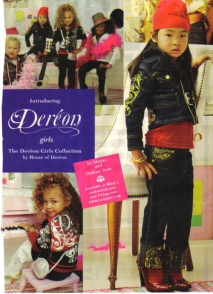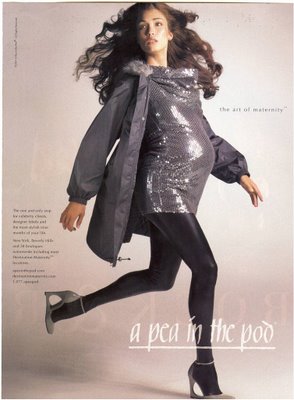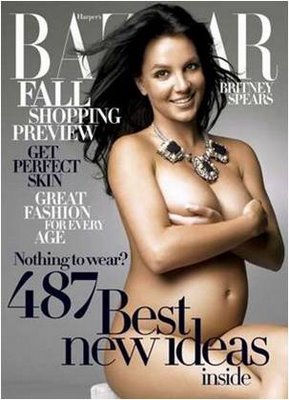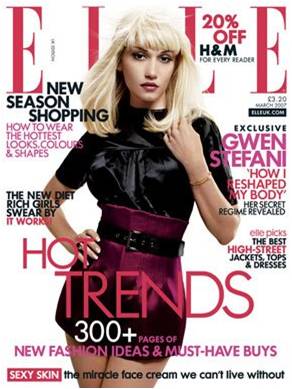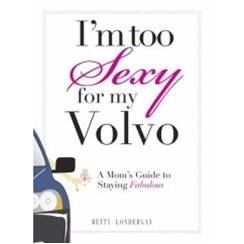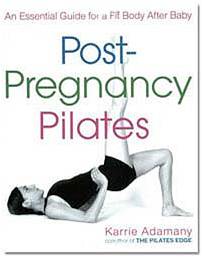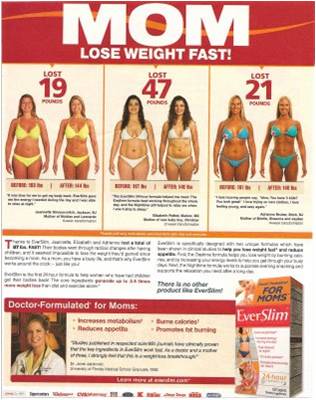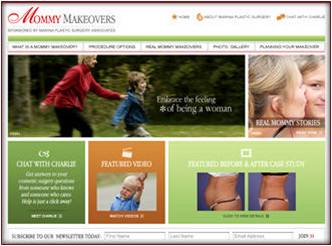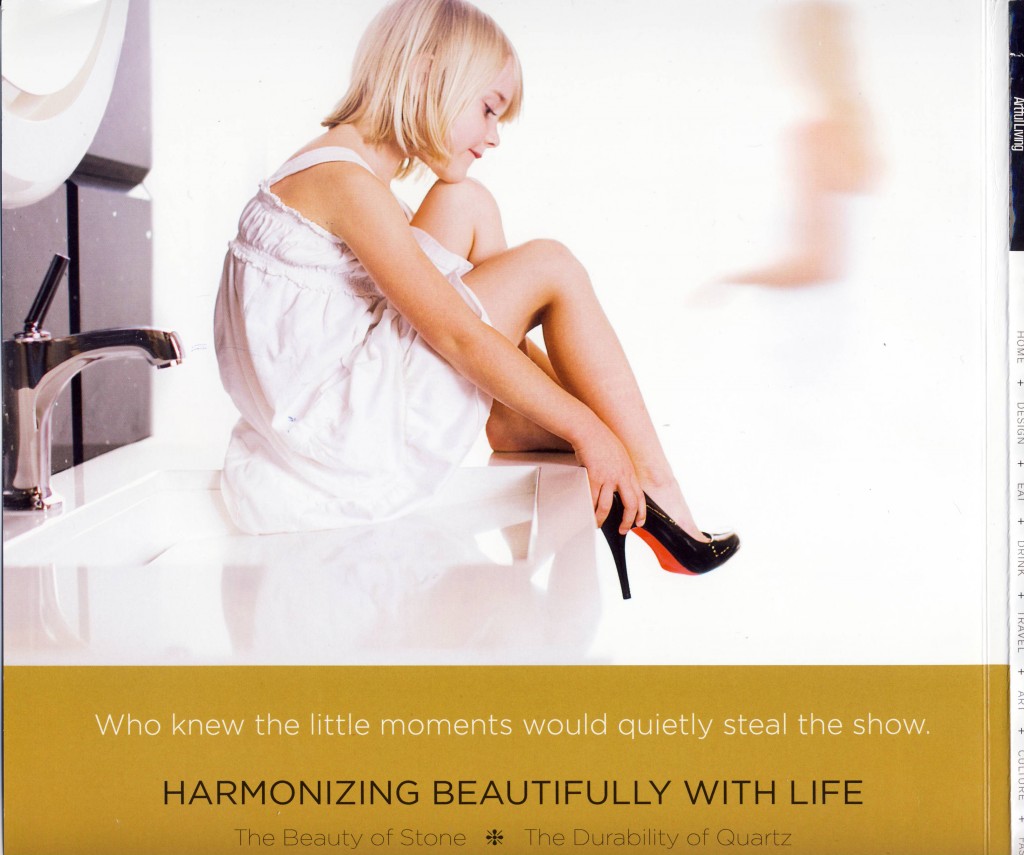Shirley Ann M. sent in this picture of a car advertising Skill Maids:
She says,
I was blown away by the blatant sexual stereotyping in this picture: the maid in high heels, bent over with knees together, Jessica Rabbit figure.
Well, Shirley, what you don’t understand, and what I can tell you because my mom cleaned houses for a living when I was a kid, is that there is no more better outfit to wear for efficiently cleaning a large house than a dress and heels. See, the heels make you taller, so it’s easier to dust the top shelves!
Thanks, Shirley!


